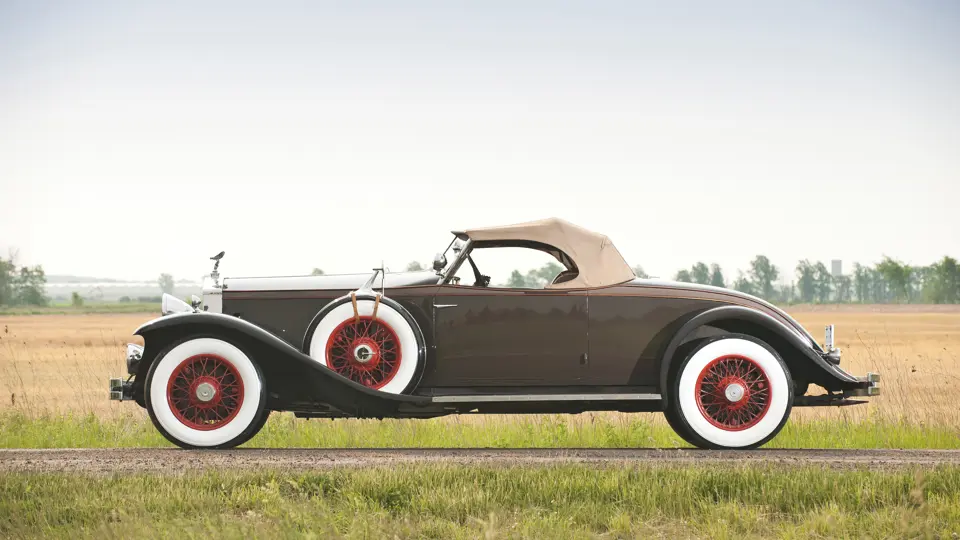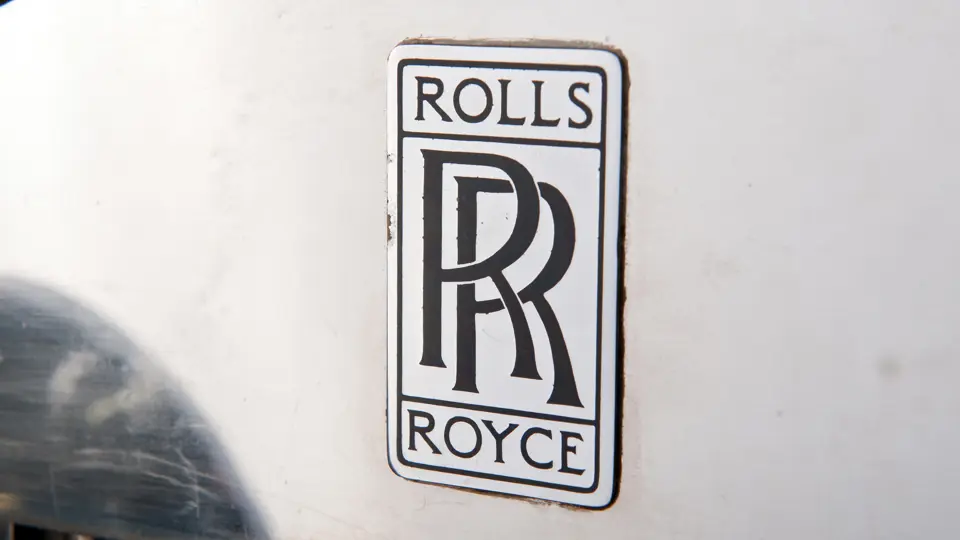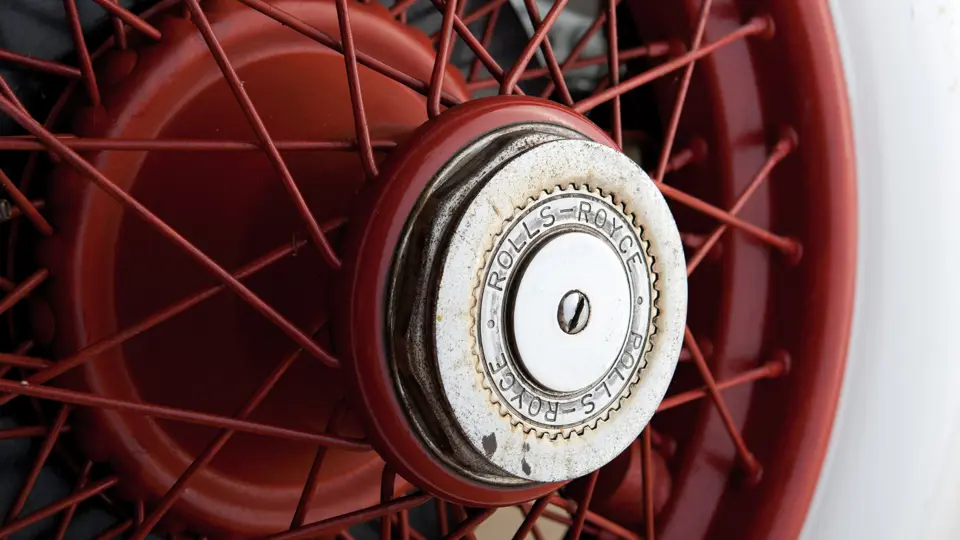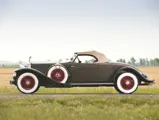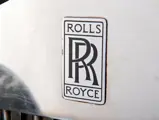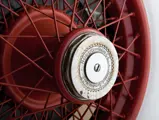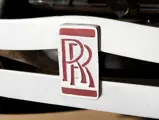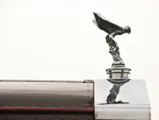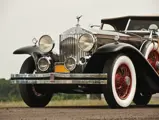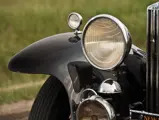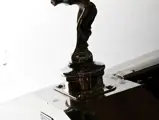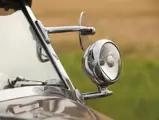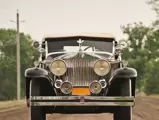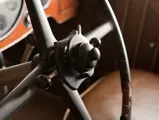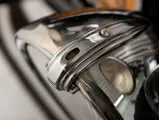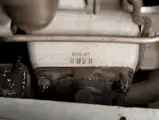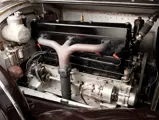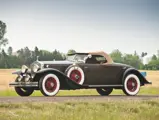120 bhp, 7,668 cc OHV six-cylinder engine, single updraft carburetor, four-speed manual gearbox with overdrive, front and rear semi-elliptic leaf springs, with live rear axle, and mechanical drum brakes with power assist. Wheelbase: 150"
• Numbers-matching original car with complete documented history
• Acclaimed as the most handsome Springfield Rolls-Royce design
• Specifically featured in significant Rolls-Royce reference books
• Single family ownership for the last 40 years
• Superbly rebuilt by Frank Cooke, of Brookline, Massachusetts
On October 18, 1919, Rolls-Royce of America was launched in Springfield, Massachusetts and produced 2,944 Silver Ghost and New Phantom cars between 1921 and 1931. When production of the Phantom II ended in England, Springfield was left with a sparse inventory of Phantom I’s and a few imported Phantom II’s, so the Derby factory completed a series of “Americanized” Phantom II chassis and sent them to Springfield.
The chassis numbers on these cars ended with either “AJS” or “AMS.” The “A” represented a car modified for the American market. The most obvious change was the conversion from right-hand to left-hand drive. An American-type central gearshift replaced the British-style side lever. The radiator shutters were thermostatically controlled to open or shut depending upon engine temperature, and manual control of extra cylinder lubrication was fitted for cold starts. Assuming Americans drove faster and more aggressively than the British, front and rear bumper supports, wider brake shoes, heavier rear brake drums, and higher gear ratios for high-speed touring were installed. These cars were manufactured and tested at Rolls-Royce Works in Derby, England, then shipped to U.S. Customs at the Port of New York. Rolls-Royce of America requested the Phantom II “A” chassis to be shipped without a tool kit, tires, horn, chassis lubrication fittings, spring gaiters, spark plugs, and hood locks, trimming Atlantic-crossing shipping costs. American-sourced parts were fitted after the chassis arrived.
Unlike its parent company, Rolls-Royce of America always advertised coachwork and could supply complete cars to its clients. Rolls-Royce Custom Coachwork, as it was known, is easily identified by a small plaque fitted to each car. All body builders for Rolls-Royce cars, whether in the U.S., England, or the Continent, supplied their designs to Rolls-Royce for approval. Once the body was fitted to the chassis, the coachbuilder returned the car to Rolls-Royce to be tested before final inspection and delivery. The Phantom II chassis presented an ideal canvas for designers—no longer were they challenged by the awkward, high cantilever spring rear suspension fitted to the Silver Ghost and the Phantom I. The Phantom II was instantly identifiable by its sweeping hood that measured half the length of the car. The Rolls-Royce “Spirit of Ecstasy” mascot graced the iconic radiator shell, set well back over the front axle.
The best-known body supplier for the American Rolls-Royce was Brewster & Company, located on Long Island, New York and founded in 1810. This American coachbuilder had facilities in England and won a Gold Medal at the 1878 Paris Exposition for a horse-drawn carriage. It built its first motor body in 1905 and in 1908, mounted a landaulette on a Silver Ghost chassis.
In 1925, Brewster was purchased by Rolls-Royce of America. In 1931, the firm began designing and fitting bodies to the left-hand drive Phantom II’s imported from England. For the last five years of Springfield production, nearly all Springfield Rolls’ were Brewster-bodied. These attractive cars were well-received from new, particularly the Henley roadster. The first owner of chassis 255AJS was a Mr. Walton, who was one of only nine clients to order the Henley roadster body. This example still retains its original engine and number, E95B, which makes it one of the few surviving original examples.
This particular car has a remarkable history and has been owned by the same family for the past 40 years. Anthony Preston, of Riverdale and North White Plains, New York, acquired the car in October of 1971. Presented in wonderful operating condition, it has been well-looked after and preserved since its complete mechanical restoration in 1978, by the legendary Frank Cooke, of Brookline, Massachusetts. To grasp the importance of this car’s restoration, it is important to have an understanding of Frank Cooke. A world-renowned expert in optical engineering and technology, he was part of the team that developed space optics for NASA on the Galileo probe and the Hubble telescope. To Rolls-Royce and Bentley enthusiasts, Frank Cooke was the man who could fix anything. For many years, he was technical director of the Rolls-Royce Owners’ Club and held numerous seminars, becoming famous for the cutaway engines and component parts he crafted for classroom exhibits.
Cooke turned his avocation into a vocation when he opened the Vintage Garage in Brookline. Any Rolls-Royce or Bentley owner from North America knew that even the most difficult problems could be solved by Cooke. He is particularly noted for fixing the Achilles heel of the Phantom II: the cam follower problem. When Mr. Preston took his Henley roadster to the Vintage Garage, his only instructions were to perform a thorough mechanical restoration. Frank Cooke and his team disassembled the engine, replacing the solid lifters with roller tappets, which was Mr. Cooke’s genius resolution of the infamous issue. He also installed an overdrive to facilitate driving at highway speeds. The sometimes-troublesome, original aluminum head was replaced with a perfectly machined cast-iron head, ensuring greater reliability. The original head has been retained and will be included in the sale. When 255AJS left the Vintage Garage, the odometer read 54,000 miles, yet it was in better-than-new condition. Since then, the car has been maintained properly and remains in good mechanical order, providing the Phantom II’s trademark smooth performance.
Mr. Preston passed away in 1985, and the car remained in the family’s possession, stored in a heated garage on jacks and kept dry until 2008, when his family had it mechanically re-commissioned. Since the Cooke refurbishment, only 800 miles have been added to the car, with the odometer reading 54,800. This Henley Roadster remains as handsome as it is reliable and is fitted with a split windshield and another 1930s icon: the rumble seat. Its period-correct paint scheme, in shades of brown and tan, was flawlessly executed in glossy lacquer by Gus Reuter, of the Bronx, New York, and has acquired the handsome, natural patina that only comes with an older restoration.
Some of the archival references to this car include the definitive work on Springfield-produced cars, Rolls-Royce in America, by John Webb deCampi, where it is pictured on page 129, plate number 265. Another respected publication, Those Elegant Rolls-Royce, by Lawrence Dalton, features this Henley on page 63, when it was displayed at the Pebble Beach Concours d’Elegance. It is again pictured on page 204 of The American Rolls-Royce, an important historical publication written by Arthur W. Soutter. The author was employed by Rolls-Royce of America as a tool designer shortly after the company was founded in 1919. He rose through the ranks and retired as general maintenance manager in 1934, when the company went into liquidation. His first-hand knowledge of the company and its cars, during its entire existence, defines this book as a valued reference. The fact that he featured this Henley is significant.
The provenance of 255AJS is verified by well-documented sources, which adds greatly to its value and collectability, and this history will be presented to the new owner. Also included in the sale is the original owner’s manual, the original “Spirit of Ecstasy” mascot plus a replica, tools, a driver-side spotlight, original wheel cover discs, front parking lights and a pair of side-mount tire covers, correct rearview mirrors, and a collection of magazines containing articles about this remarkable car. As an additional bit of fun, a 1931 Henley Roadster Radio Shack radio, cast from this car, is included in the sale. Due to the performing and styling characteristics afforded by its “Americanized” chassis, the Springfield Phantom II was an early favorite among Rolls-Royce collectors. These cars have always enjoyed a much stronger following than the British versions; they are sought by serious enthusiasts, and their steadily increasing values reflect their timeless appeal.
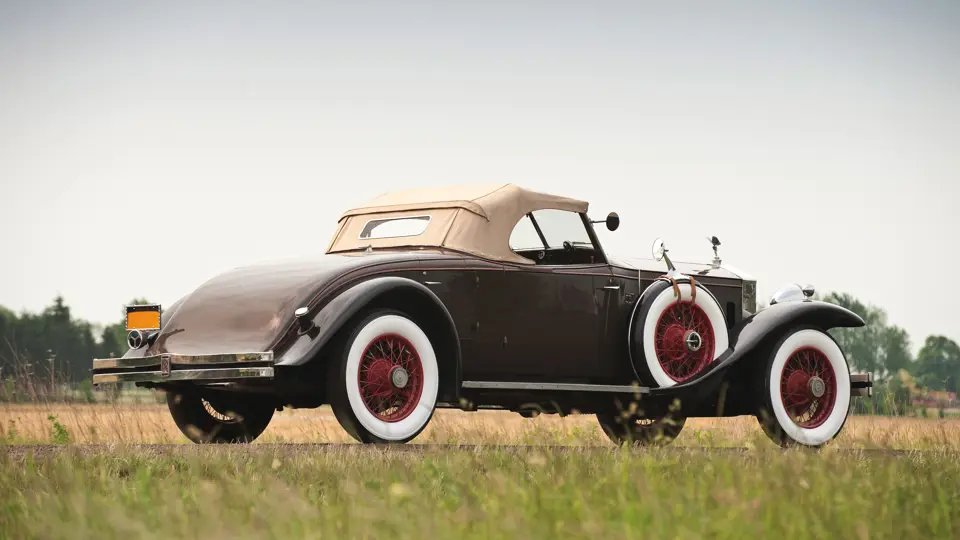



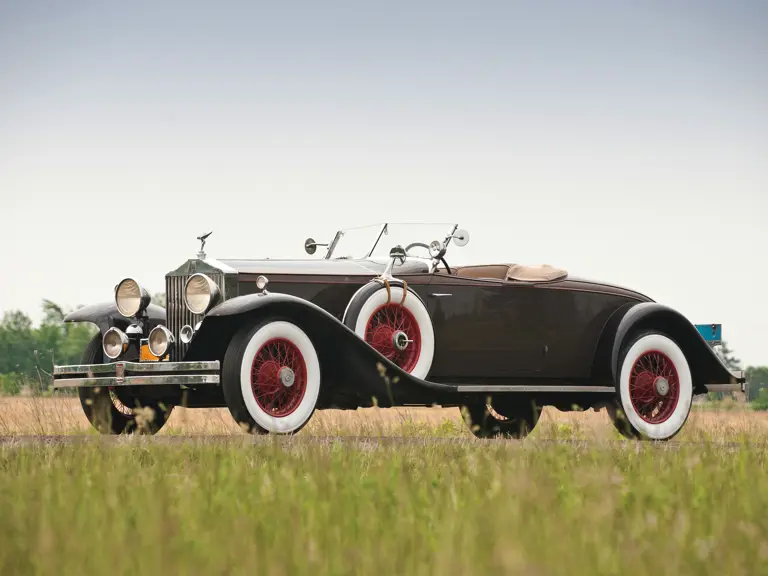
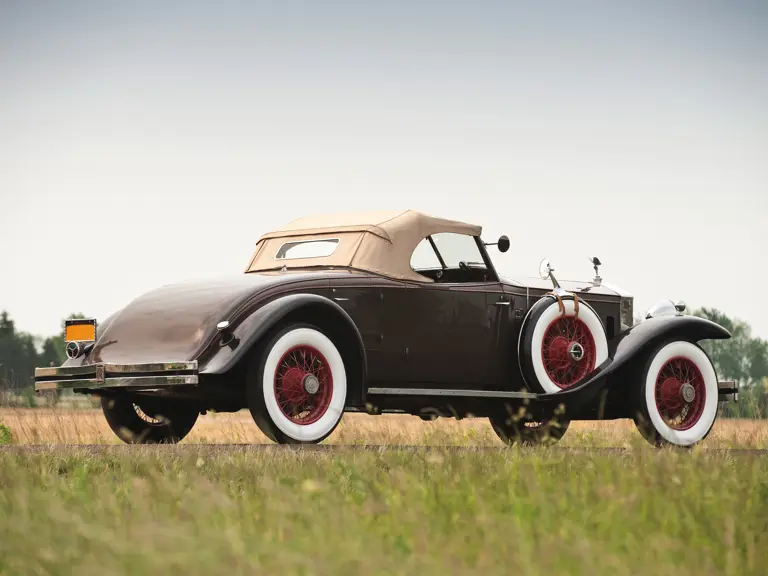

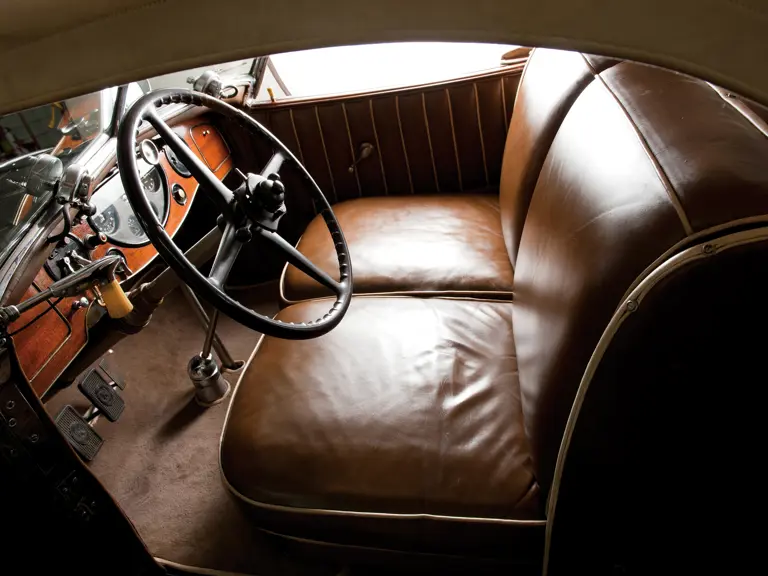



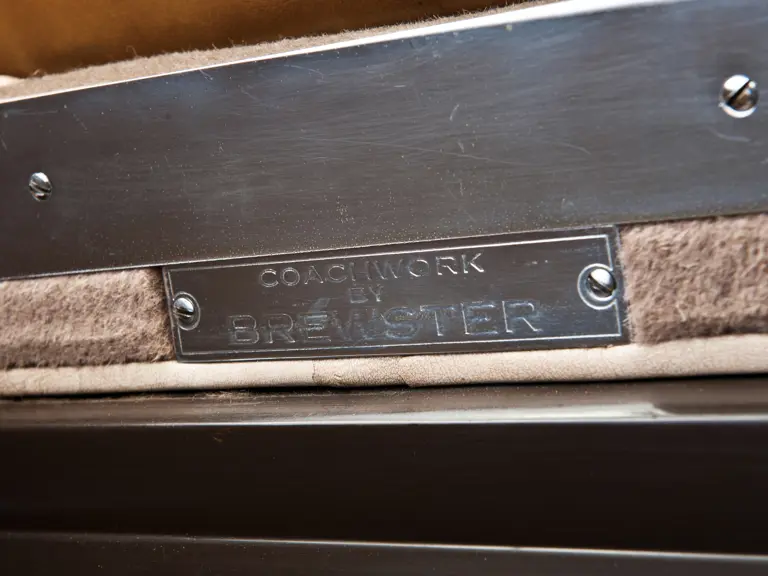
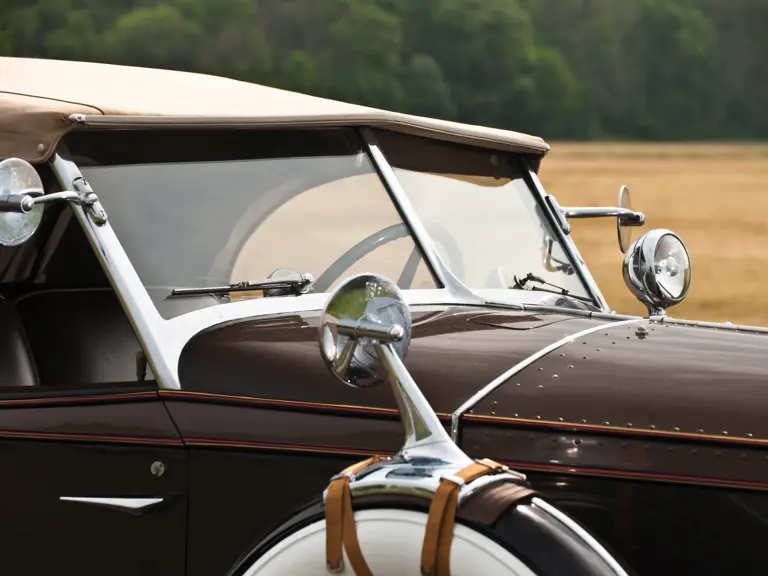
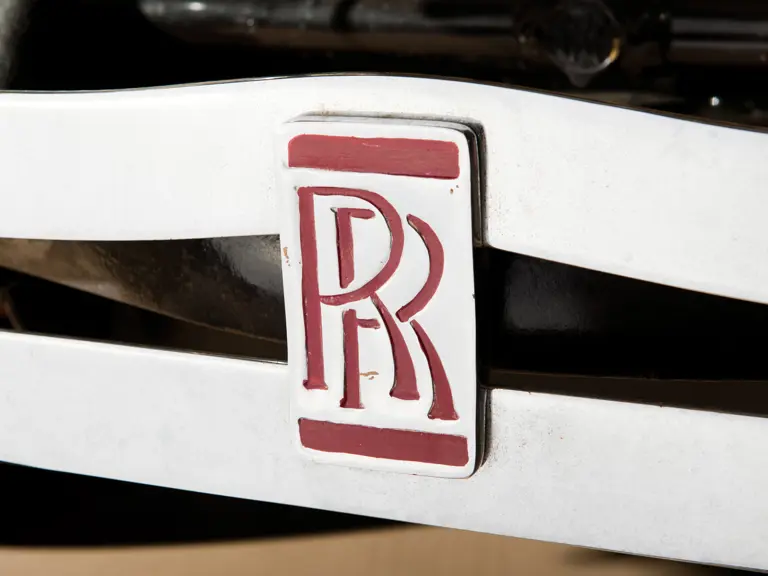
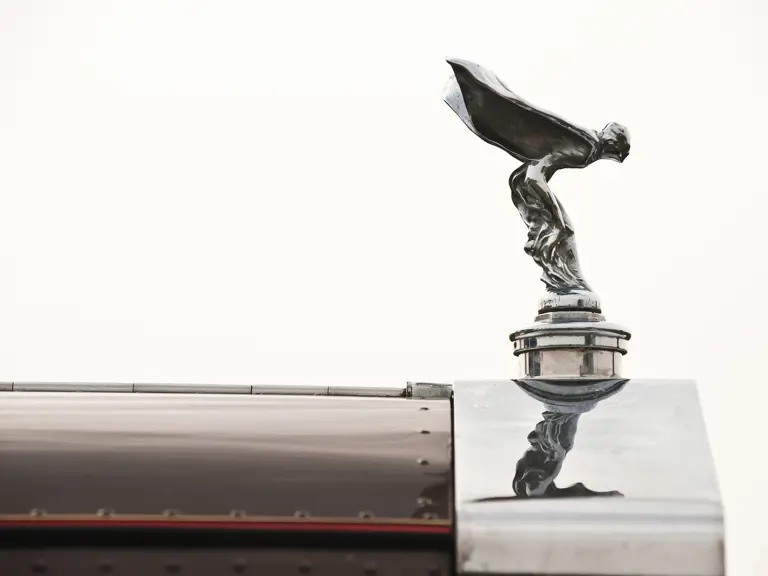
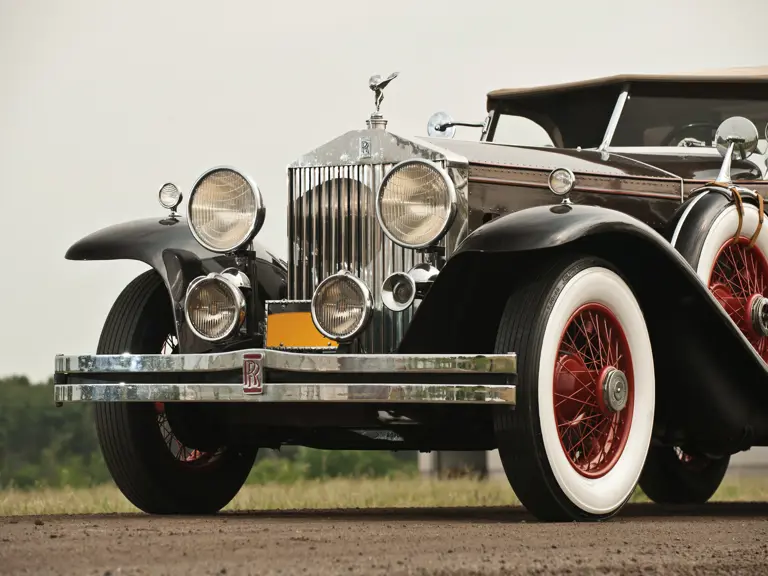

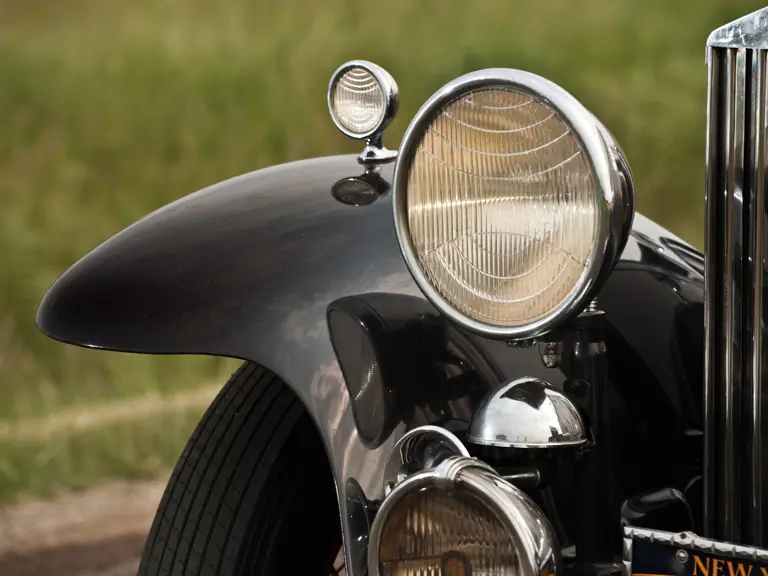
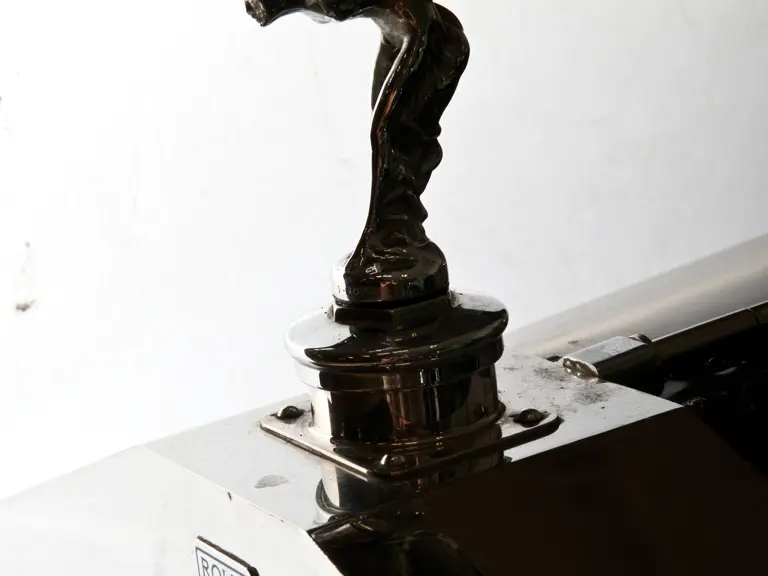
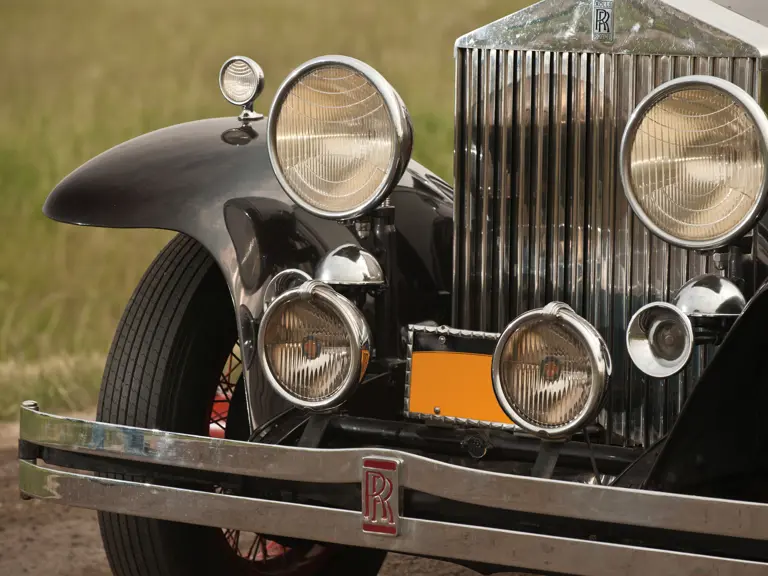
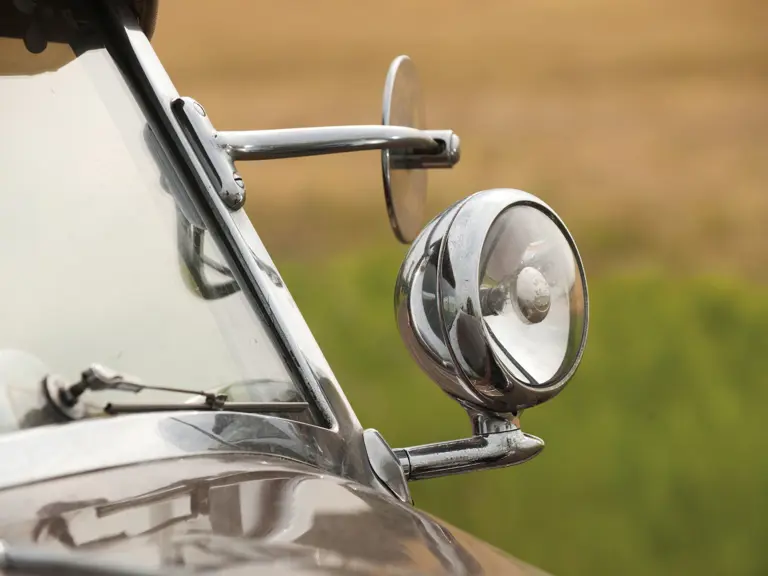

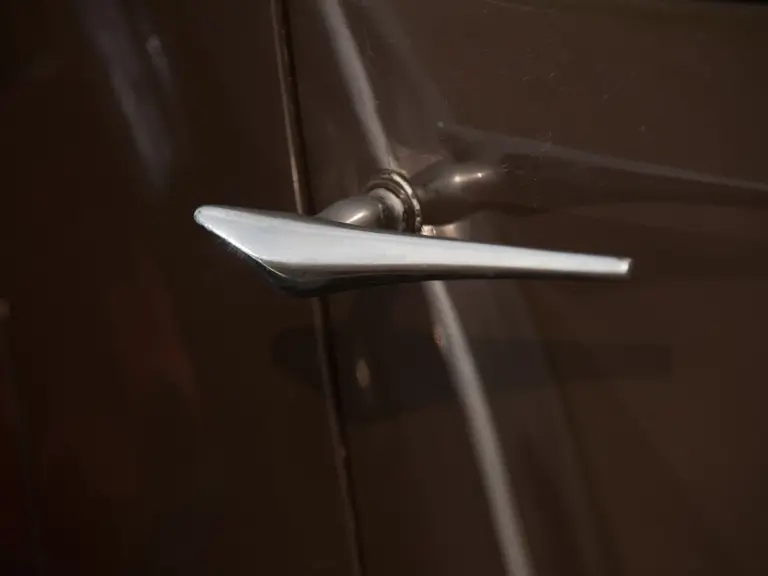


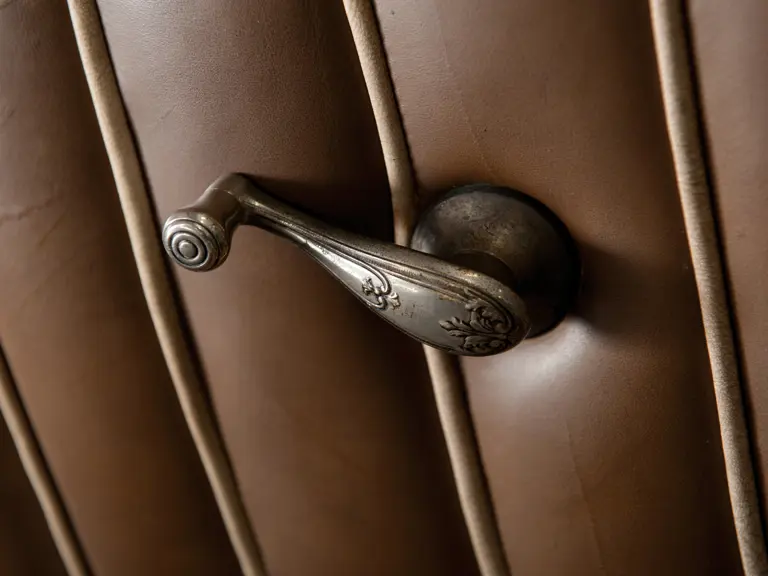
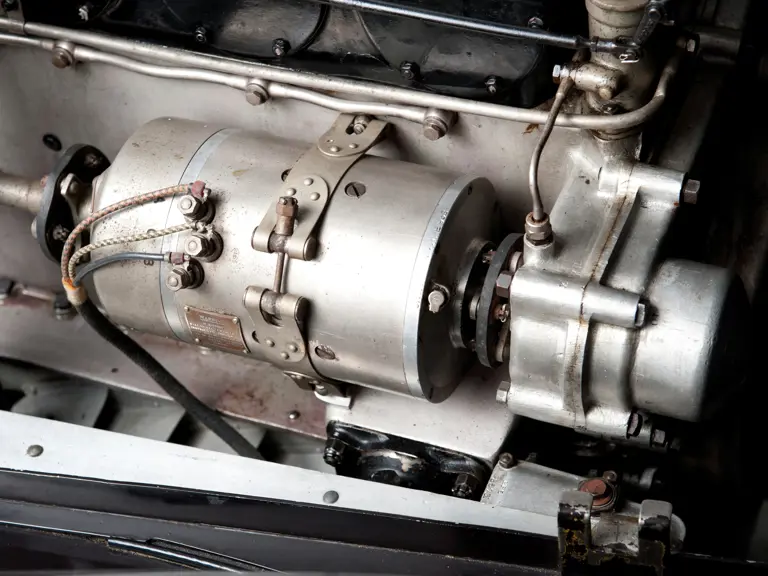
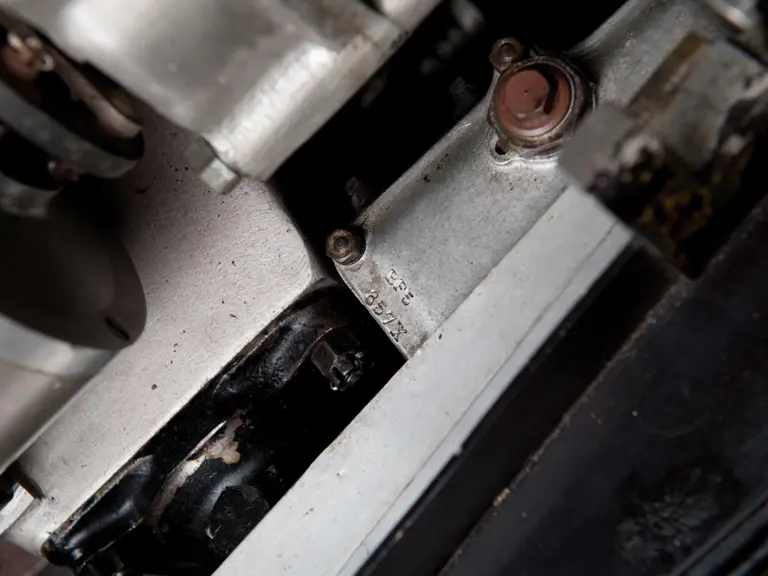

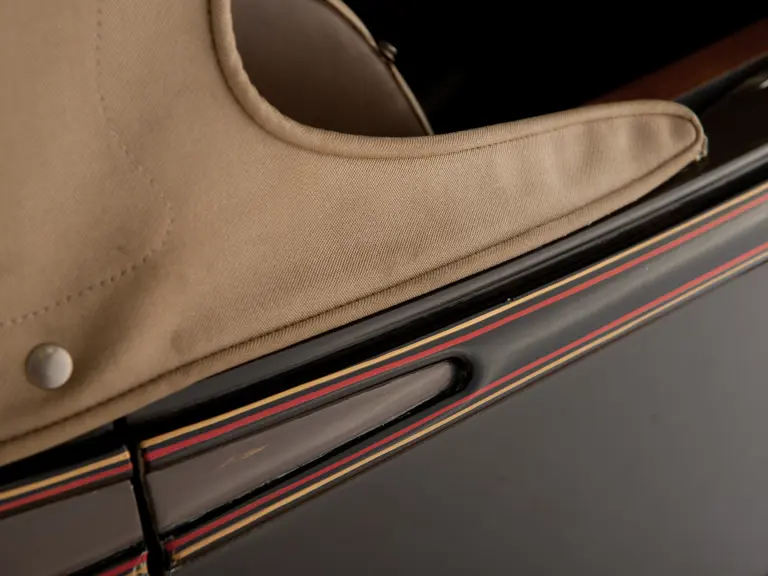
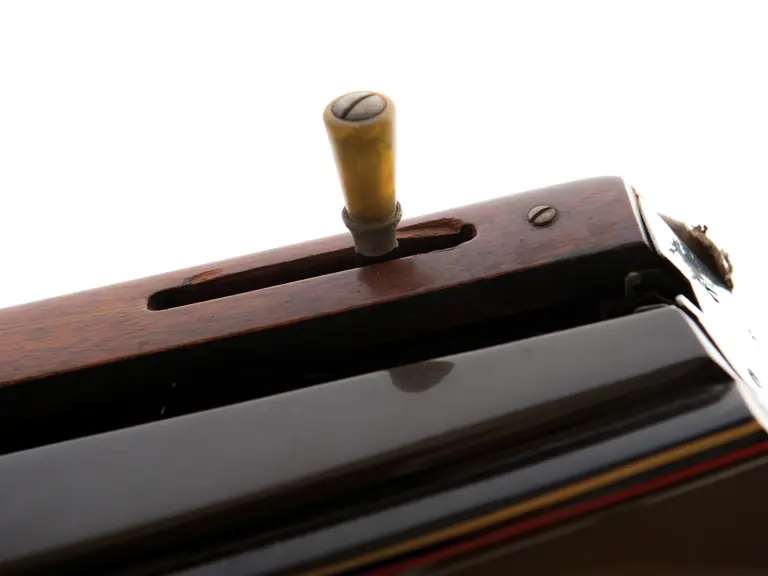

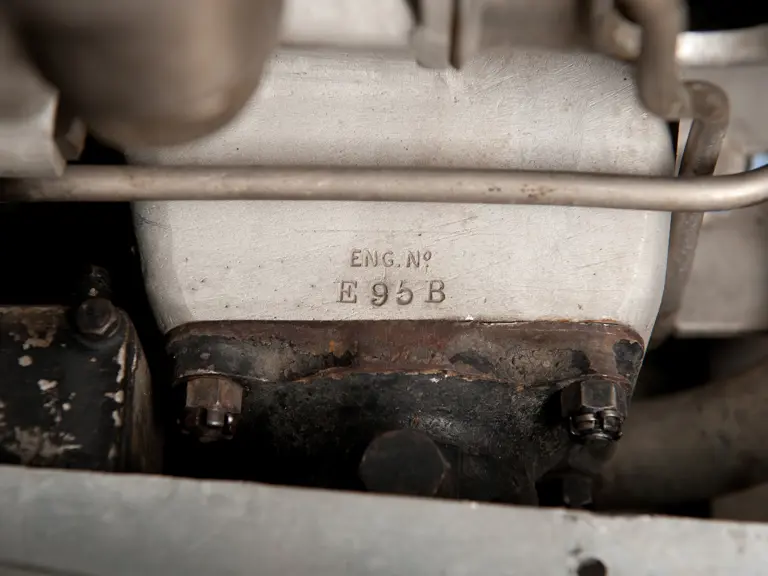
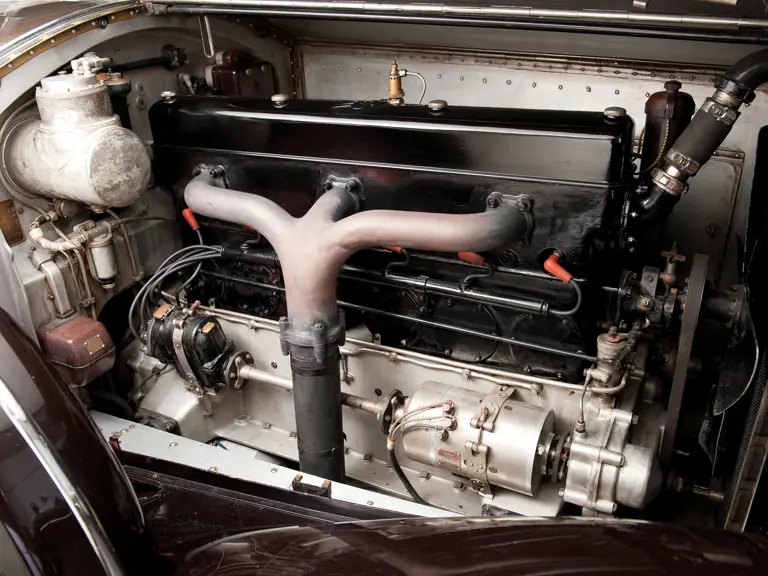
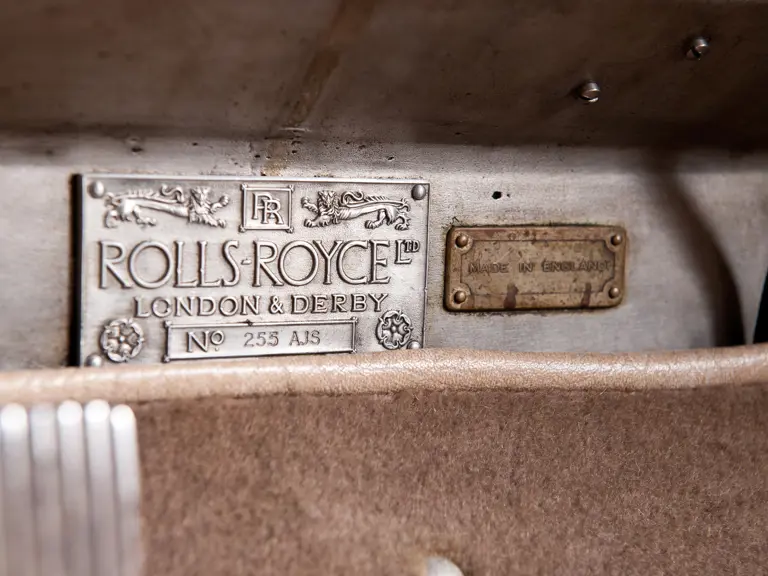
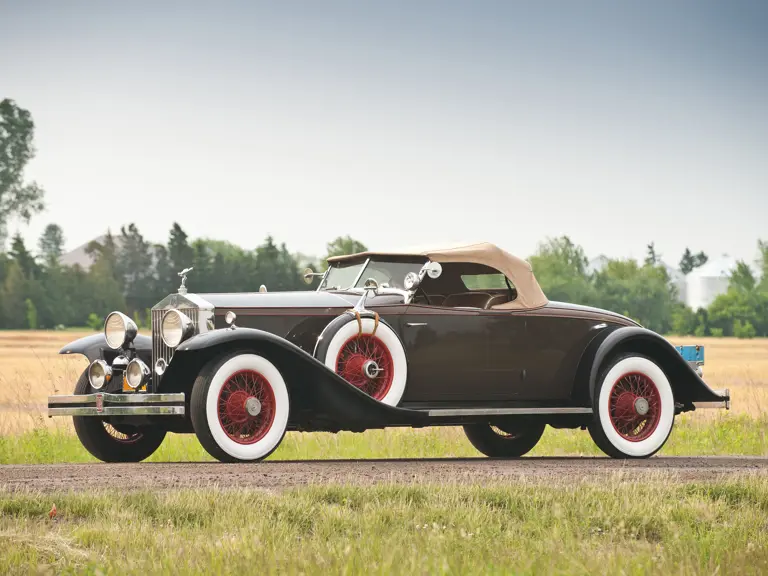
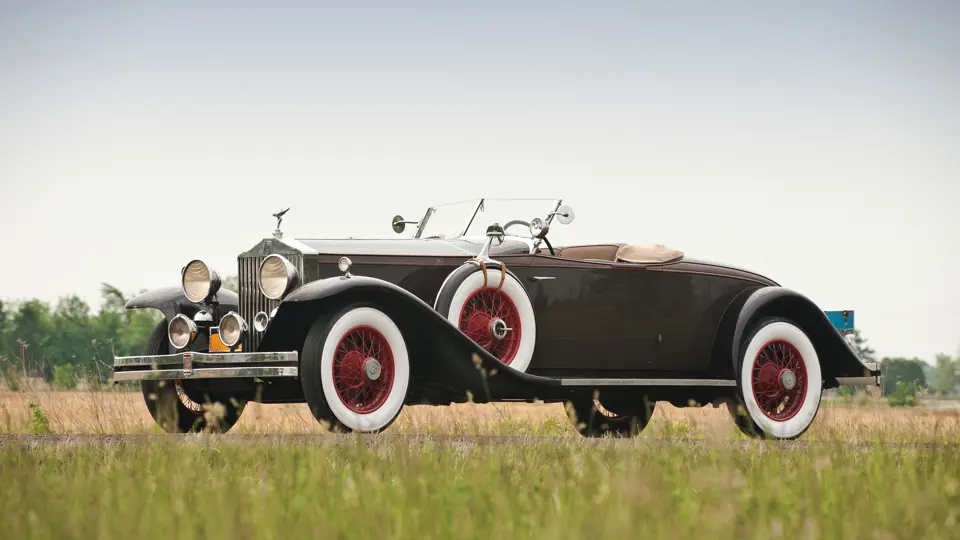
 | Monterey, California
| Monterey, California
